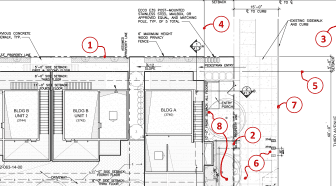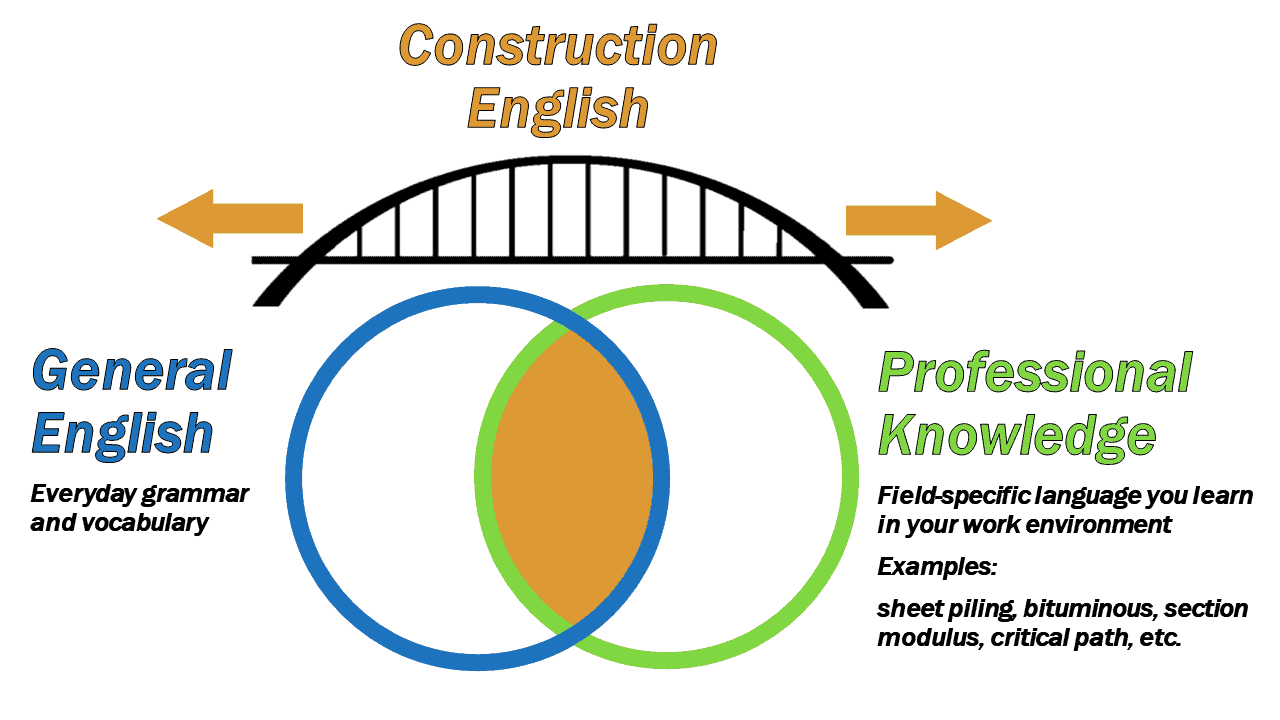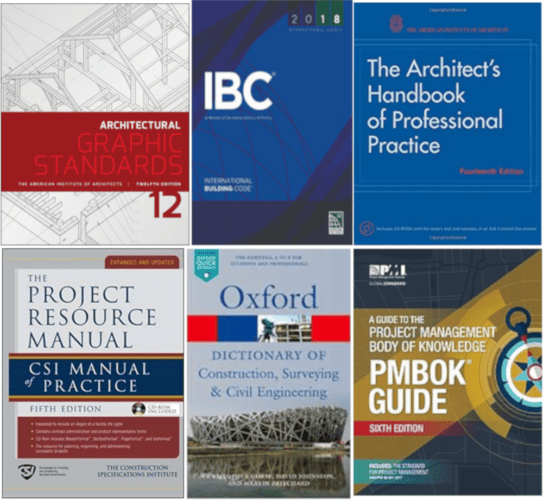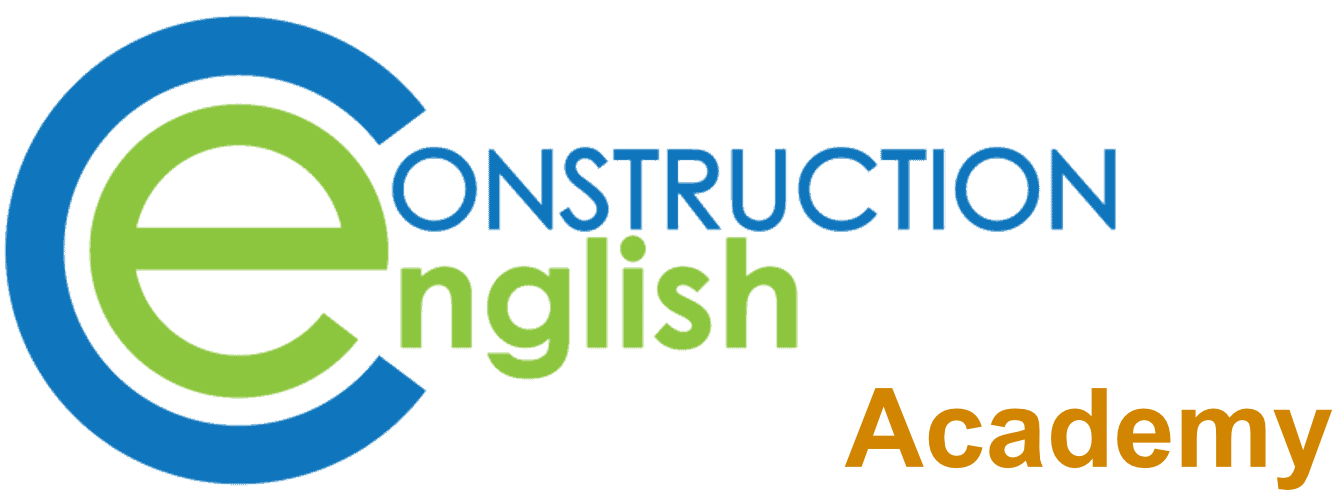Welcome!

I’m Michael, the creator of Construction English.
With 15+ years teaching English at universities and training centers, plus 13 years as an architect on large-scale U.S. projects, I have a unique understanding of the English language and skills that are important in team interactions.
My courses are carefully designed to make your communication clearer and more accurate, reduce conflicts in project documents and workflows, and help you unlock more global career opportunities.
My goal is simple: to help you use English as a powerful tool in your professional life.
Are you a teacher?
Why Construction English?
Specific English for a Specific Purpose
General English
English you’re studying now. This is the core of your ongoing English learning education.
General English is your base of critical grammar, vocabulary, and skills.

Construction English
English language and skills that are focused, functional, task-oriented, and connected to construction and design issues and topics.
These are an important addition to any ongoing general English study plan.

A Bridge
Construction English courses help bridge between general English and your professional knowledge and experience.

Real English
Learn using contents and resources from authentic publications and construction documents

Computer analysis of texts find key words and word combinations to teach and explore important language in authentic, real, and interesting ways.

Course Aims
Although each course is different, here’s a list of common aims and outcomes that all courses share.
YOU WILL:
Think more effectively in English about important issues related to design and construction understand them better in English.
Develop a stronger vocabulary, including powerful words and key expressions related to design and construction .
Prounounce the words and key expressions more correctly using natural syllable stress and intonation.
Use language more accurately in authentic, real situations.
Understand your learning needs better and set goals for further improvement and general English study.
How to take the courses
Modules and units help use your time wisely
INDEPENDENT STUDY: You can complete them any time and at your own speed.
MODULES: courses are divided into modules. If you have time, try to complete each module from beginning to end.
UNITS: If you are busy, each module is divided into separate, 5-10 minute units that you can complete during lunch break or morning coffee.

Teaching method
Learn new language with the TTT method (test-teach-test)
Most courses have the following sequence:
1. NOTICE and CHECK: begin with activities and exercises that check your understanding raise questions or areas for improvement
2. STUDY: watch lesson videos that help explain important concepts and practice pronunciation
3. PRACTICE: more review and practice activities, and most courses have a final test to check your understanding
English level system
You are welcome to take any course that interests you—if you’re not sure about your skill level, no problem! Courses are flexible, and you can adjust to find the best fit.
To help you choose, we’ve created this simple guide:
Basic
“Build a foundation for communicating and understanding”
You can introduce yourself, discuss daily tasks, and participate in simple office conversations.
Detailed, work-related topics are difficult
Learning priorities
- Practice understanding simple written texts and short conversations.
- Use basic grammar and vocabulary more accurately.
- Learn tips and tools for independent study.
Intermediate
“Communicate more clearly and collaborate on project teams more effectively.”
You can explain your ideas and participate in discussions about work-related concepts and topics.
Longer or more technical conversations may still be a challenge.
Learning priorities
- Explain project details, collaborate on designs, or handle client inquiries effectively
- Use advanced grammar more accurately and confidently.
- Build a more precise and descriptive vocabulary for technical and collaborative work.
Advanced
“Gain more language and skills to engage with projects, make decisions, and manage workflows.”
You can communicate with little effort in most technical and professional settings.
Misunderstandings can still happen with complex language, tone, or nuanced expressions.
Learning priorities
- Master advanced terminology, expressions, and functional language for professional contexts
- Develop natural pronunciation and intonation to convey subtle meaning and professionalism.
- Improve professional writing and stakeholder communication.


